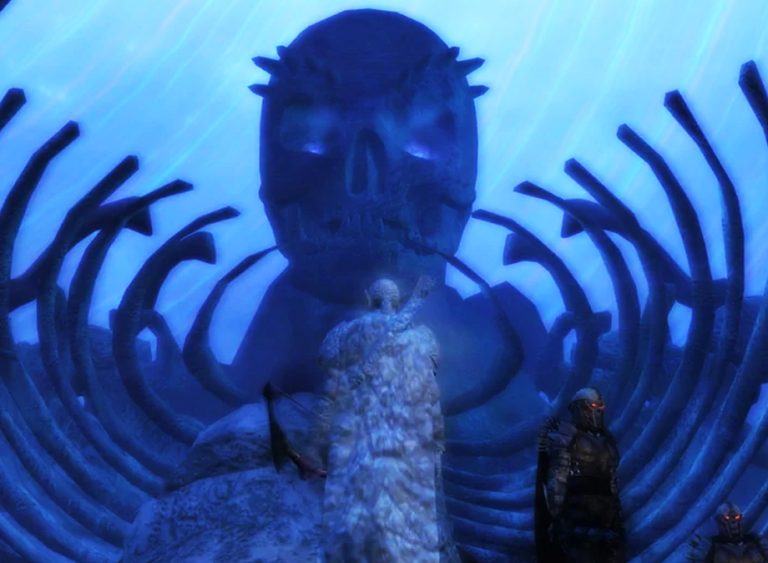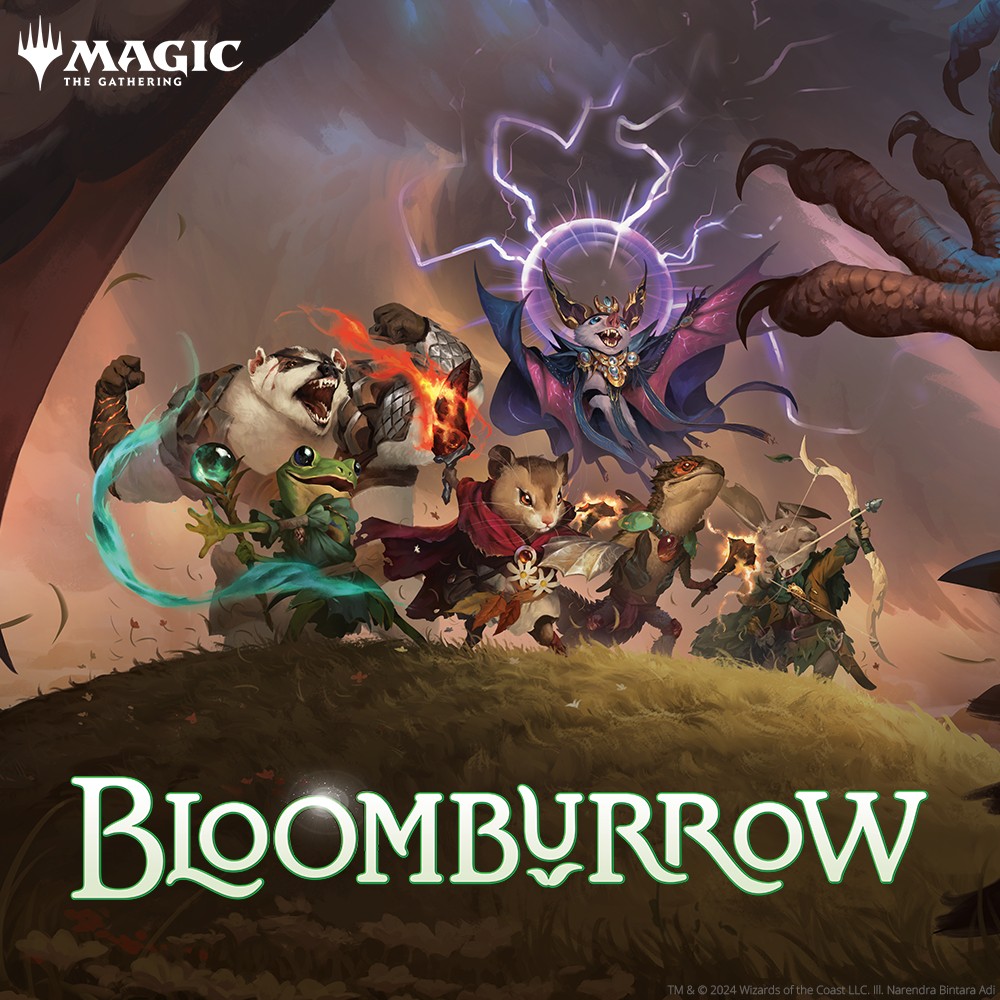The various pantheons in Dungeons and Dragons seem to have no end to their gods of death. Nerull, Bhaal, and my favourite, Kelemvor all rank among their number. But there was one god of death who not only died but proved that which is dead may never die.
And in the process, built a monument that holds sway over the souls of the dead to this day.
He was a cruel god. A god whose worship was inspired through fear. One who was dreaded by all those mortal.
A god named Myrkul.
Welcome to Lore-Win, the Dungeons and Dragons lore series. I, as always, am your humble Loremaster, Sokar. Today, we will be travelling the realms, away from the land of the living into the afterlife and taking a look at the past and present of a god who died and in death has remained, despite the passage of time.
The Life of Myrkul
But, like many of the gods in Faerun, Myrkul was not born that way.
In life, Myrkul was an adventurer. A necromancer. His full name is said to have been Myrkul Bey al-Kursi, and he is believed to have been the Crown Prince of a nation known as Murghom.
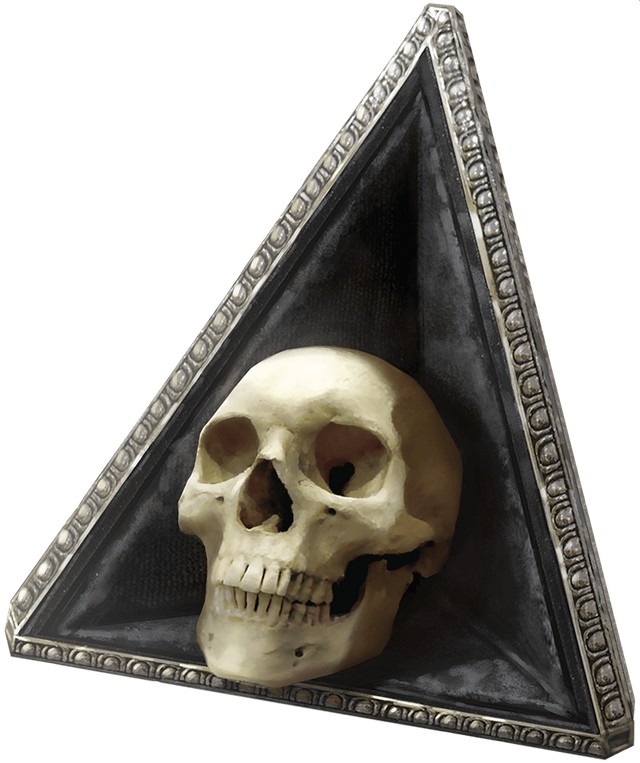
With an unholy symbol like this, you know he was a nice guy.
Source: Sword Coast Adventurer's Guide
Whether you believe this origin or not, what is true is that he ventured across the Realms alongside two other mortals who would join him in godhood: Bhaal, and Bane. The three shared an interest in the divine, specifically in joining the ranks of the gods.
Their travels took them to the north of Faerun where a primordial named Maram of the Great Spear had been terrorizing the locals. In -357 DR, Myrkul, Bane, and Bhaal arrived and led a coalition of forces drawn from a region called the Moonsea North against Maram.
This army contained artificers, horse nomads, gnoll warriors, goliaths, and gnomes, all under the banner of the three adventurers. The army cut a swathe through Maram’s human followers who defended their master as a god. Myrkul and his companions took advantage of this, and faced the primordial himself.
Though it was costly, they defeated and banished Maram. Only 2,000 of the 50,000 warriors returned home, and the Dark Three as they came to be known stayed behind. They wanted to study the monument at which they had bested Maram.
In defeating Maram, the three had gained a portion of divine power. To further their plans, they took to the planes, as many adventurers do.
The three traveled to the Gray Wastes of Hades, the neutral-evil plane devoid of emotion, hope, and peace. The sky and land are gray here. There are no seasons, no sun, no moon, no colours. Any that bring colours will begin to fade away, into the shades of gray as well. The same is true for emotions, and within a tenday, any who enter Hades will be trapped within it.
This is the home of the daemons, neutral evil fiends. And it is also where the Dark Three came to establish their godhood.
Myrkul and his companions fought their way through legions of the undead, until they came across the god of death and Lord of the End of Everything, Jergal.
Jergal was an old god. He was Faerun’s original god of death. He held domain over the portfolios of the dead, death, and strife.
The three approached the Lord of the End of Everything on his throne of bones and threw threats at him. Bane claimed the throne, Bhaal threatened to destroy the god of death, and Myrkul threatened to imprison his essence. But Jergal had long ago grown tired of his duty, and in these three he saw an escape.
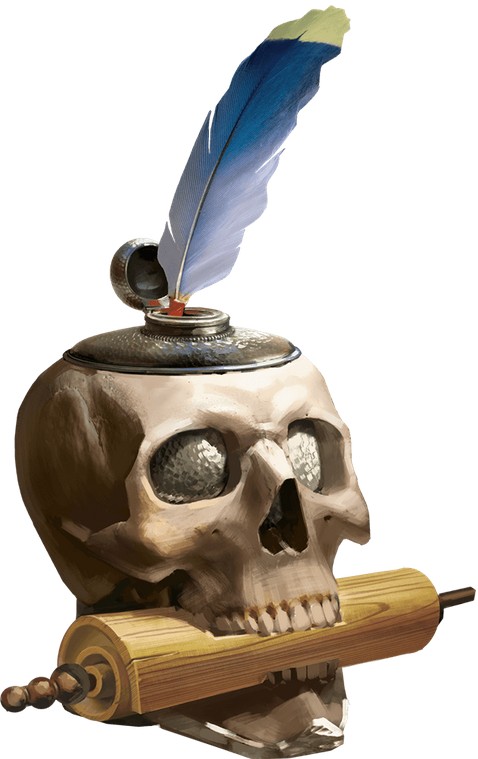
Jergal's holy symbol. Aka, the holy symbol of being too old for this.
Source: Sword Coast Adventurer's Guide.
“The throne is yours,” he spoke to the three. “I have grown weary of this empty power. Take it if you wish—I promise to serve and guide you as your seneschal until you grow comfortable with the position. Who among you shall rule?”
And so the three began fighting amongst themselves. Had Jergal been playing the three, this is when he would have struck, when evil fell to infighting and weakened themselves. But Jergal had spoken true, and he looked upon the fight with tired indifference.
Then he spoke again, “After all you have sacrificed, would you come away with nothing? Why don’t you divide the portfolios of the office by engaging in a game of skill for them?”
The three agreed, and played a game to determine who would gain each portfolio. At first, they bowled skulls, but their game was interrupted by Malar the Beastlord, a lesser deity. Malar chased the skulls in the desire to gain a part of their prize. While he was busy, the three played a game of knuckle bones (or jacks, as we know it) to cut Malar from the deal.
Bane was the winner, and he chose to rule over the domain of strife. Myrkul came in second place, and chose to rule over the dead in the afterlife. And Bhaal took death as his domain, becoming the lord of murder.
And Jergal stepped down with a smile.
The Betrayer
So Myrkul ascended to godhood. While Bhaal and Bane gained more followers, Myrkul became a symbol of fear.
And no monument stands to this more than the Wall of the Faithless. Around the City of Judgement, the wall was built to punish those who didn’t worship a god. While those who were faithful could petition to be sent to their god’s afterlife, the faithless were fed to the wall. There, they would be slowly absorbed, their minds slowly going as their souls were absorbed, before being fully devoured, their faces and skulls adorning its surface.

It is a bad way to go.
Source: Neverwinter Nights 2: Mask of the Betrayer.
It may be the cruelest punishment in the realms.
This monument would lead to discontent within Myrkul’s followers though.
During a plague within the city of Mulsantir, only two clerics had been willing to tend to those who were dying in the streets. Both were brothers, and followers of Myrkul.
In a rare display of favor Myrkul granted one of them an artifact sacred to the githyanki, the Silver Sword of Gith, and named him Myrkul’s chosen. The rest of Myrkul’s priests in the city were punished with the plague, and left to die. This cleric was Akachi, and he served faithfully. But his faith was weaker than love.
Akachi’s lover was faithless, and when she died in a spell accident he was stricken with grief for he knew what fate awaited her.
Desperate, he petitioned his god for mercy, to spare her from the Wall. But Myrkul refused to grant any exemptions. So Akachi betrayed his god. He called for allies and brought together forces so diverse they counted his brother, a solar, a demilich, and a blue dragon among them. Then he crafted a gate to invade Myrkul’s domain and tear down the Wall to free the souls within.
But on the other side, they were met by Myrkul himself. The god of the dead helmed a great army of ancient and dead heroes, devils from the Hells, and those souls who betrayed their gods.
Myrkul broke Akachi’s forces and dragged him back to face judgment. Myrkul wanted to make an example, so he cursed Akachi.
His once-chosen priest would be left to wander Faerun as a faceless man, doomed to devour the souls of the living with an insatiable hunger. This way, Akachi too would be a monument to Myrkul. A monument of fear.
The Fall
Of course, his chosen domain was not enough for Myrkul. Nor was Bane’s.
The two former allies would once again join forces in the Time of Troubles. Myrkul and Bane believed that some of Ao the Overgod’s power was placed in a pair of tablets known as the Tablets of Fate. These stone tablets were both a barrier between the worlds of Abeir and Toril, and also a record of the names and portfolios of every deity and primordial to remind the gods of their duties. In truth, they held little of Ao’s powers, but Myrkul and Bane allied to steal them.

Ao, holding the tablets. Remember him?
Source: Advanced Dungeons and Dragons #20: Dark of the Moon
In response, Ao assembled the gods. He asked for those responsible to hand them back. When no one did, Ao cast the gods from their planes, down to the material plane. Until the tablets were returned, the celestial stairway would remain closed, guarded by the god Helm.
And so began the Time of Troubles.
The Time of Troubles was marked by three effects: All divine magic ceased to function; arcane magic was no longer stewarded by the goddess of magic and became dangerously unpredictable; the gods were no longer immortal and were left vulnerable on Faerun.
While on the material plane, Myrkul traveled to the walled abbey of Goldenfields, and the temple of Chauntea within. As Chauntea is a goddess of life and bounty, her walled abbey contained vast farms, orchards, and gardens. Within, Myrkul fought High Priest Tolgar Anuvien, and left him dying on the ground following their battle.
During the Time of Troubles, Bane and Myrkul had lost the tablets, and continued to search for them. Myrkul tried to empower Bane by having his followers create and cast a spell that killed all assassins in Faerun, but this was a futile effort. Despite the power that the souls of assassins may have given him, Bane was killed in a battle with the demigod Torm while trying to retrieve one of the tablets.
Myrkul’s pursuit of the other tablet would lead him to the same fate.
Attacking Waterdeep in an effort to retrieve the other tablet from the wizard Midnight, Myrkul rose from a pool beneath the Yawning Portal inn. But he had not come alone. He brought with him a host of the undead and fiends, and tracked Midnight and the tablet to Blackstaff Tower.
There, he managed to steal the tablet and ascended towards the Celestial Stairway, but as he did so too did Midnight. The two engaged in a battle in the skies above Waterdeep. A battle which ended with Myrkul’s death, via disintegration spell.
And so did Myrkul die, and his domain was left to be handed to a new god of death…
And Yet
Though, just because a god dies, it doesn't mean they are truly gone.
In the material plane, Myrkul’s ashes still have an effect. His death caused an eruption of plague and death, and the dust which spread across the coast caused the dead to rise in the Mere of Dead Men outside of Neverwtiner.
Some of his energy was also locked within an artifact known as the Crown of Horns. By some lingering will, this crown transported around Faerun, claiming various hosts and allowing the dead god’s influence to still be felt.
In 1374 DR, a new host of Akachi’s Spirit-Eater Curse found the dead god’s corpse floating in the Astral Plane. A conversation you might know from Neverwinter Nights 2: Mask of the Betrayer.
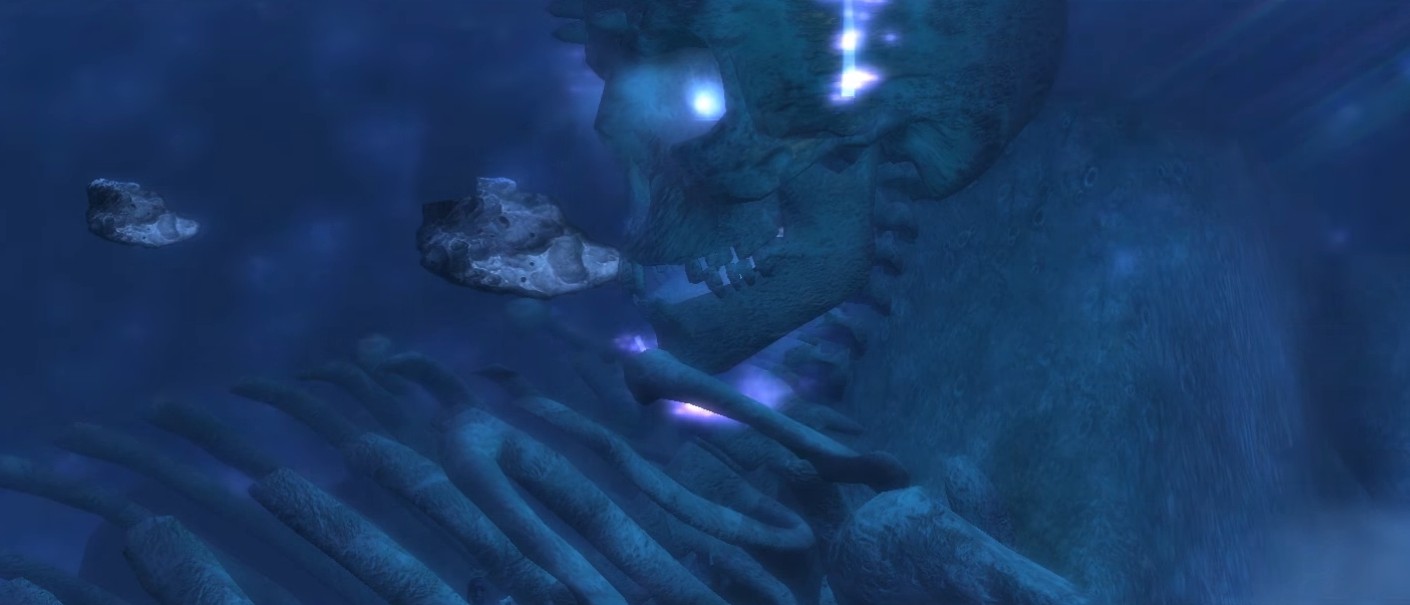
Myrkul's corpse in the Astral Plane. Still able to hold a conversation.
Source: Neverwinter Nights 2: Mask of the Betrayer
And even in death, Myrkul still retains followers. And can a god that is still worshipped truly die?
Well, the answer is no. Especially not as Myrkul has since been restored. And if you’d like to find everything you need to use him in your campaign, be sure to grab yourself a copy of the Sword Coast Adventurer’s Guide from the Wizard’s Tower.
I hope you enjoyed this delve into one of the Faerunian gods. Something I find interesting about Faerun is how many gods were once adventurers, and how that can give your party a goal to strive for.
Until next time, may fortune favour you.
-Loremaster Sokar

